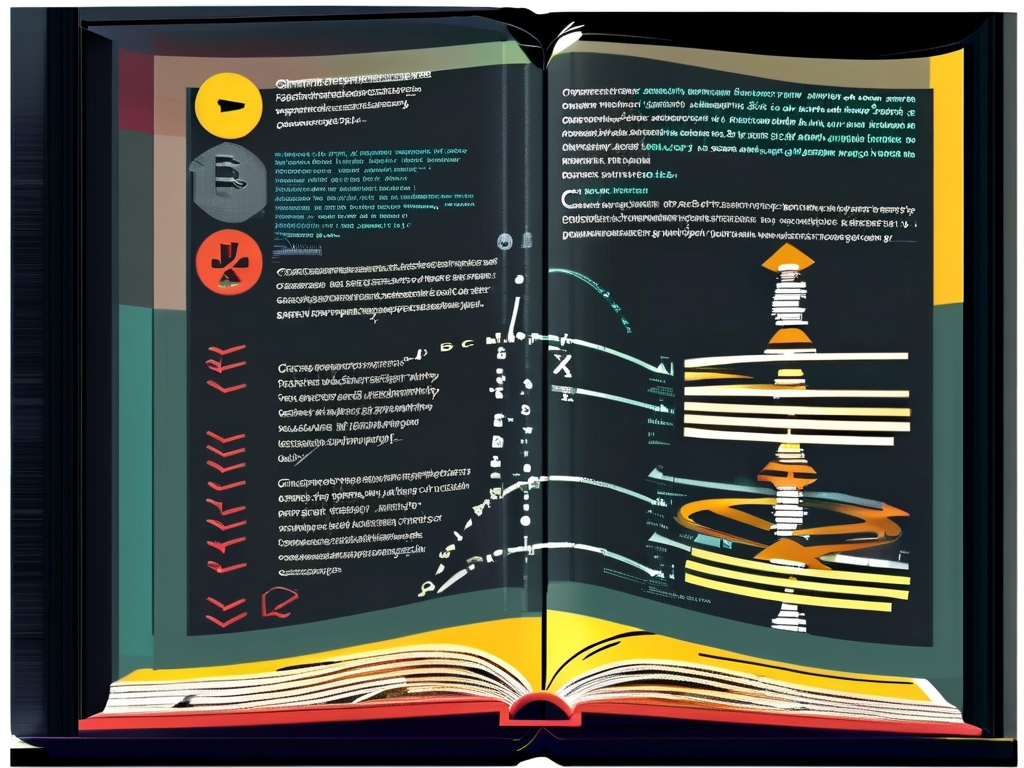In the realm of compiler design, nondeterministic finite automata (NFA) graphs serve as foundational tools for pattern recognition and lexical analysis. This article explores the practical integration of NFA graphs within compiler architectures while addressing common implementation challenges and optimization strategies.

The Role of NFA Graphs in Lexical Analysis
NFA graphs excel at modeling pattern-matching rules for programming language tokens. Unlike deterministic finite automata (DFA), NFAs permit multiple transition paths from a single state, enabling compact representations of complex regular expressions. For instance, the regular expression (a|b)*c translates to an NFA with three states and four transitions, whereas its DFA counterpart requires five states. This efficiency makes NFAs ideal for initial tokenization phases where memory constraints matter.
A typical NFA graph implementation begins with constructing state nodes and epsilon transitions. Consider this code snippet for defining states in Python:
class State:
def __init__(self, is_accepting=False):
self.transitions = {}
self.is_accepting = is_accepting
Epsilon transitions allow state jumps without consuming input characters, critical for handling alternations (|) and Kleene stars (*).
From Regular Expressions to NFA Graphs
Compiler frontends often use Thompson's construction algorithm to convert regular expressions into NFAs. This method recursively decomposes patterns into subgraphs. For example, the concatenation ab generates two sequential states with a transition on 'a' followed by 'b'. Union operations create parallel epsilon branches, while closures introduce looping epsilon paths.
One challenge lies in managing epsilon closure computations during simulation. Developers must track all reachable states simultaneously, which can lead to exponential time complexity in naive implementations. Optimizations include memoizing closure sets or using bitmask representations for state groups.
NFA-to-DFA Conversion Tradeoffs
While NFAs are compact, their nondeterminism complicates direct execution. Most compilers convert NFAs to DFAs via subset construction before generating state transition tables. This process involves creating DFA states that represent combinations of NFA states. For example, a DFA state {1,3} might correspond to being in either state 1 or 3 of the original NFA.
However, subset construction risks state explosion. The DFA for an NFA with n states may require up to 2^n states. Practical compilers mitigate this through lazy evaluation—only generating DFA states as needed during input processing.
Real-World Applications and Optimizations
Modern regex engines like PCRE and RE2 employ hybrid NFA/DFA models. They prioritize NFA simulation for complex patterns with backtracking controls while switching to DFA for performance-critical paths. Additionally, just-in-time (JIT) compilation techniques precompile frequent NFA paths into machine code, reducing runtime overhead.
In compiler toolchains such as Flex and ANTLR, NFA graphs underpin tokenizer generators. These tools automatically convert regex rules into optimized state machines. A key optimization involves merging identical subgraphs across multiple patterns to reduce redundancy. For instance, shared prefixes like int and integer are represented once in the NFA structure.
Debugging NFA-Based Systems
Visualizing NFA graphs remains invaluable for debugging lexer implementations. Tools like Graphviz can render state diagrams, revealing issues like missing transitions or incorrect accept states. During testing, developers often validate NFAs using minimal pairs of valid/invalid inputs to ensure accurate pattern matching.
NFA graphs continue to play a pivotal role in compiler construction despite advances in parsing technologies. Their balance of expressiveness and computational efficiency makes them indispensable for lexical analysis phases. Future directions may involve integrating neural networks for dynamic pattern optimization, but the core principles of NFA design will remain relevant. By mastering these concepts, developers gain deeper insights into language processing mechanics and performance tuning opportunities.









